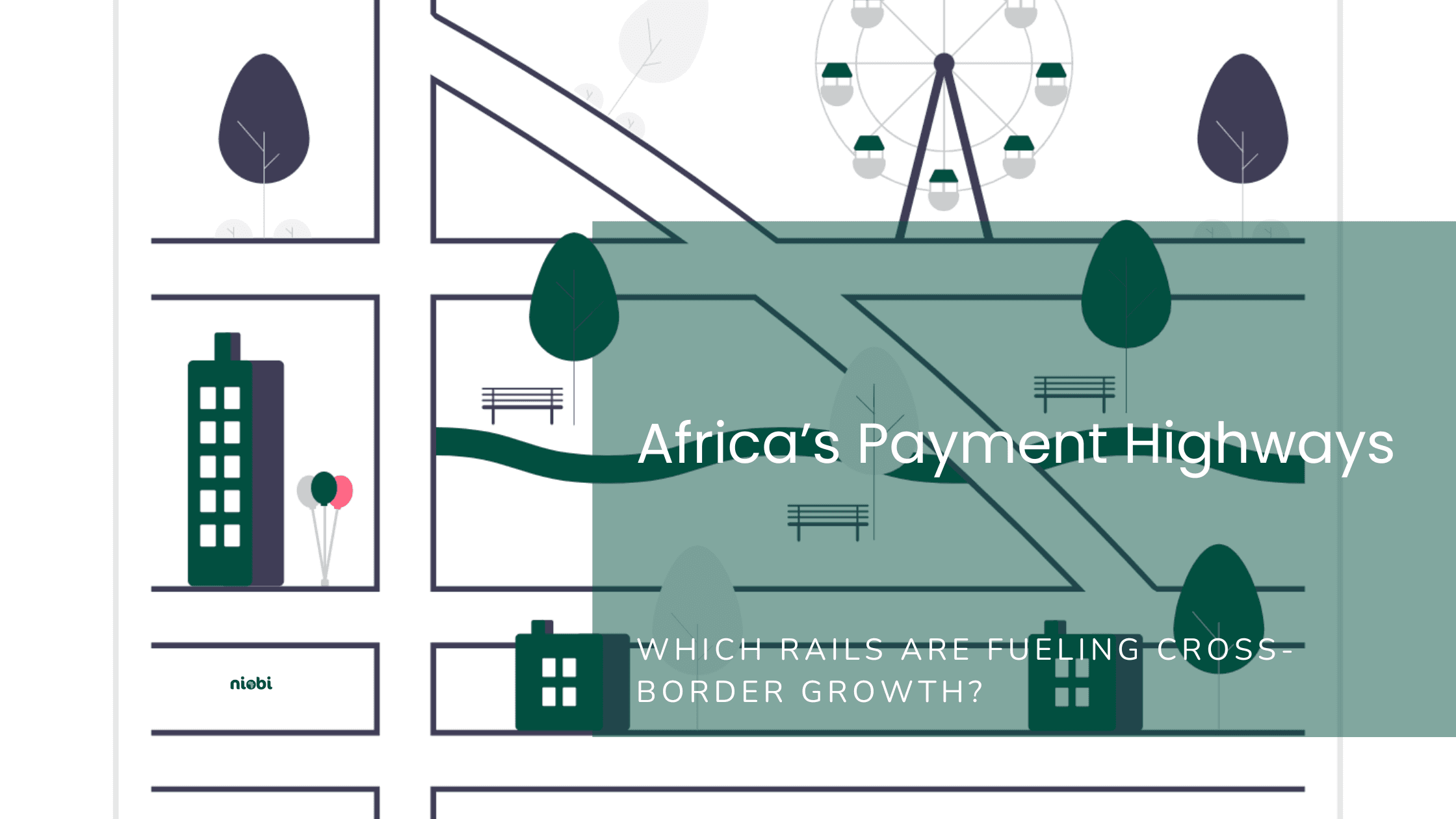The APIs Series – Part 1. Check out Part 2, Part 3, Part 4.
Your business is expanding faster than your favorite delivery app on Black Friday. Orders are flying in from Nairobi, payouts are due in Dakar, and your CFO is side-eyeing your legacy payment stack that still thinks the only corridor that matters is USD to EUR.
Welcome to the delightful chaos of scaling a business across African markets.
And right at the heart of it all? Your cross-border payments API. The silent engine behind every disbursement, every settlement, every “transaction successful” message. Choose right, and it powers your growth. Choose wrong, and well… you’re in Slack at midnight, again.
So what should African PSPs and SMEs really look for when choosing a cross-border payments API?
Let’s break it down.
Scalability that grows with you, not ahead of you
Here’s the thing: Your payments API should be an enabler, not an obstacle. It should grow with you from a single-country MVP to a continent-spanning payments powerhouse.
You don’t want to re-integrate every time you open a new market. You want one API, one relationship, and zero headaches. A scalable payments partner gives you modular tools, flexible rails, and the kind of infrastructure that evolves as your roadmap does.
So ask yourself: Can this API handle multiple currencies? Regional settlement flows? Future products you haven’t even launched yet?
If the answer is maybe, then it’s a no.
Support: Because even the best devs need help sometimes
Let’s be honest. Sometimes documentation is vague. Sometimes code breaks. And sometimes, it’s 4 PM on a Friday and you just need a human to tell you if the webhook is down or you’ve just missed a comma.
That’s where great support comes in.
Look for providers that offer:
Dedicated technical account managers
Real-time escalation channels (yes, even via Slack)
Fast, meaningful responses from people who actually understand payments
The truth is, your API provider isn’t just selling you code, they’re selling you partnership. And in Africa’s fast-moving markets, you want partners who reply like your business depends on it. (Because it does.)
Ease of integration: Not all APIs are built equal
Some APIs are like puzzles with half the pieces missing. Others? They’re so smooth your dev team will want to take them out for a drink.
You’re looking for:
Well-documented SDKs and clear endpoints
Sandbox environments that don’t feel like a cruel joke
Quick time-to-market (think days, not quarters)
Bonus points if the integration process makes your CTO say, “Wait, that’s it?”
And let’s be clear: integration isn’t just about speed. It’s about clarity. If you need to decipher hieroglyphics to get started, run.
Built-in services: Not just payments, but the whole toolkit
Sure, you want to send money. But what about:
Settlements to multiple bank accounts?
FX conversions at fair rates?
Local payouts AND global pay-ins?
An API that comes with these tools built-in means fewer third-party vendors, less reconciliation chaos, and more time to focus on what actually matters: growing your business.
The best APIs handle the complexity for you so your finance and ops teams aren’t duct-taping solutions together in Google Sheets.
A feature-driven dashboard for the whole team, not just techies
Newsflash: your payments dashboard shouldn’t require a developer just to export a CSV.
A great payments API comes with an equally powerful dashboard that works for compliance officers, finance leads, support reps, and even your CEO who just wants to “see the numbers.”
Think:
Role-based access
Real-time reporting
Smart filters and payout logic
A UI that doesn’t feel like it was designed in 2007
Because when everyone on the team can use the dashboard, everyone moves faster. Fewer Slack pings. Fewer ops bottlenecks. And significantly fewer “Can you resend that file?” emails.
TL;DR: Choose better, scale faster
Here’s the cheat sheet:
Scalability: Can it grow with you?
Support: Can you talk to a human?
Integration: Will your devs cry tears of joy, not pain?
Built-in services: Does it simplify your operations?
Dashboard: Can your whole team use it?
If your current provider isn’t checking these boxes, maybe it’s time for a little upgrade. Just saying.
What’s next in the API Series?
In Part 2, we’re diving into the juicy stuff: developer experience. We’ll talk dev tools, launch timelines, and why good docs are hotter than VC funding.
Stay tuned. Better yet, book a demo and see how Niobi makes APIs make sense.




